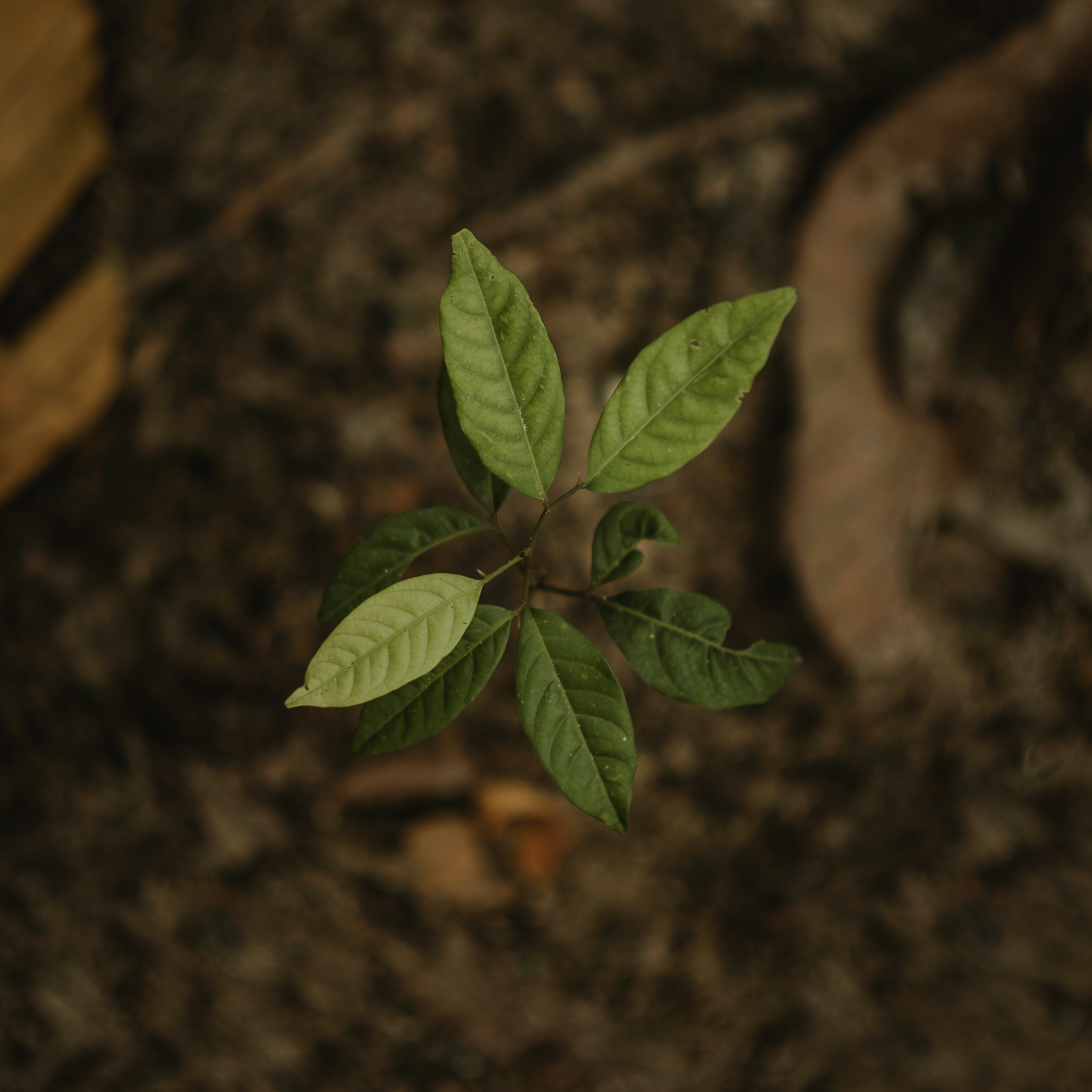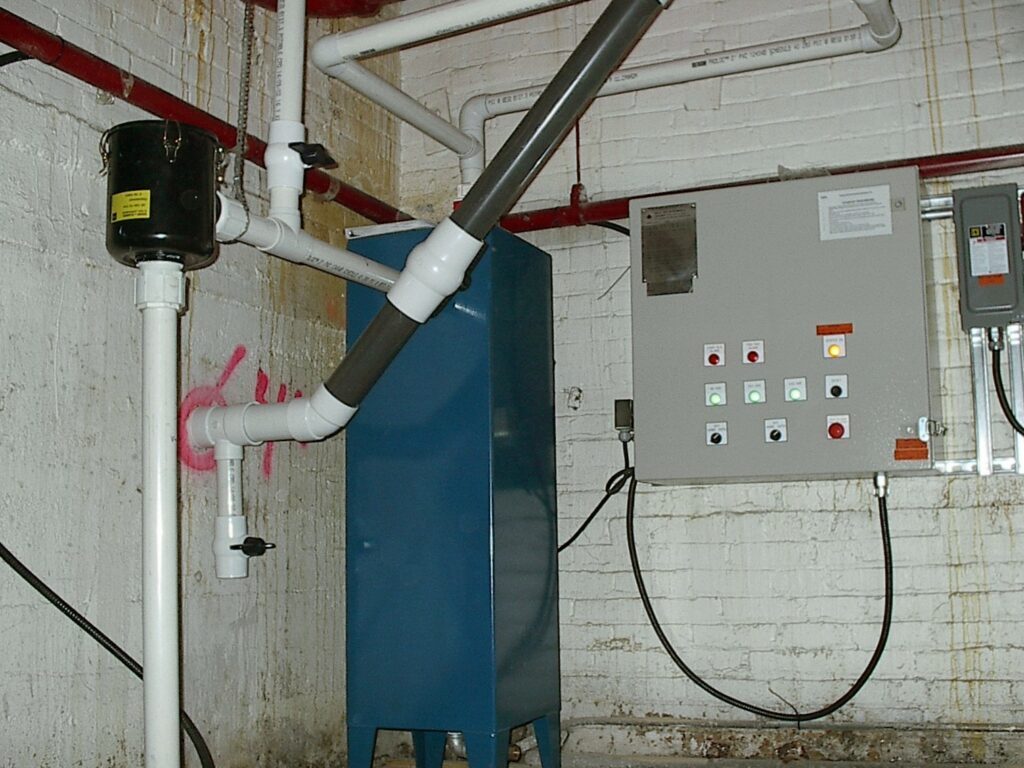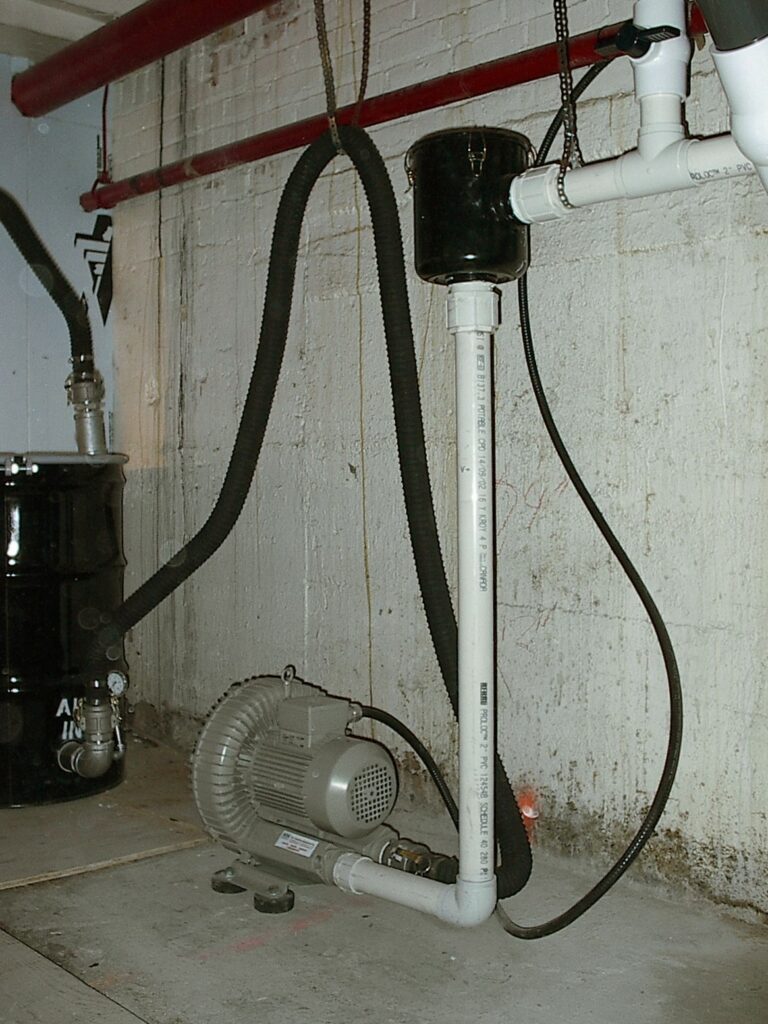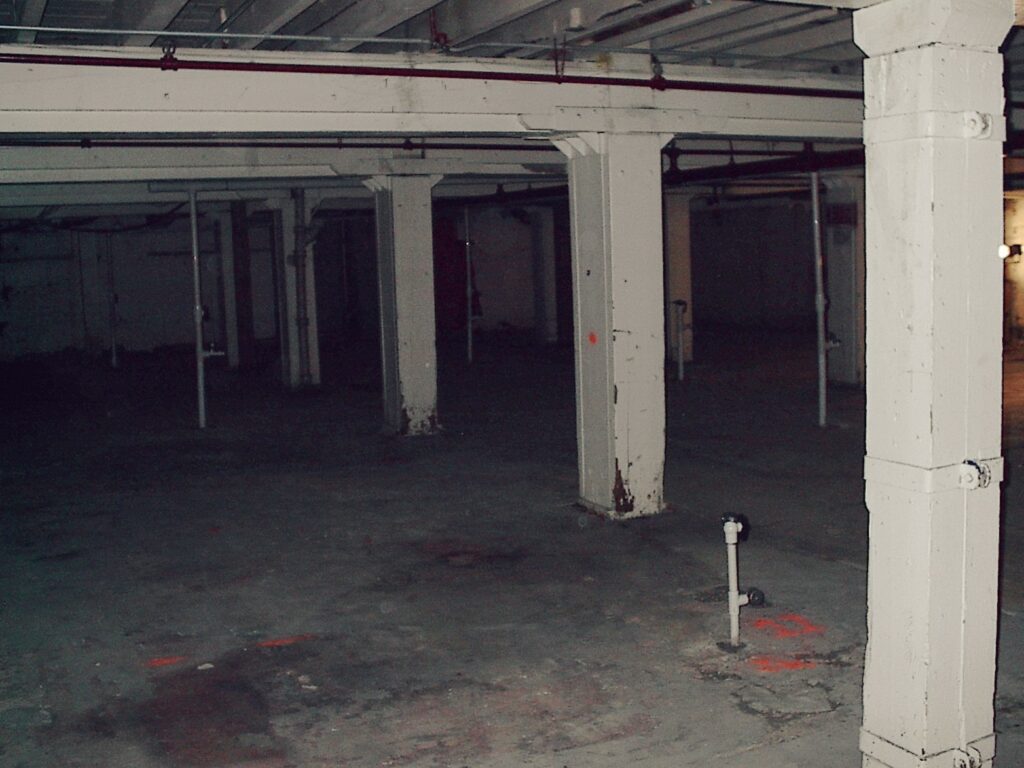As a way to celebrate 20 years of excellence at Premier, President Dave Wade is reflecting on some interesting situations on projects and how Premier has always remained innovative in solving problems for clients.
A long way back, in 2004, we were tasked with setting up a vapour extraction system to pull residual non-chlorinated volatile organic compounds (VOCs) out of the soil below a former historic paint manufacturing facility.
At the time it was difficult to find an “off-the-shelf” system to accomplish the task, so we hired a local contractor and together sourced out welders, machinists, electrical technicians and built our own system. The saturated vapour knockout tank was made of welded thick gauge steel, way too cumbersome and heavy by todays’ standard, but it worked and it served its purpose well. The blower fan was about the only off-the-shelf product used, while the control board and piping (PVC monitoring well materials) were a very basic design, and made by the team. Overall, the system accomplished what it was designed to do and the client was satisfied with the end result.
Today, soil vapour extraction (SVE) systems have become common, the remediation technology is well recognized and can be implemented with standard off-the-shelf equipment. They continue to be used to extract various chlorinated solvents and hydrocarbons from the ground. Typically, SVE systems are installed in situations where a minimum of site disturbance is a requirement, such as in the area of existing buildings that are to remain in place.
Another similar technology, the passive and/or active soil vapour venting system, is placed beneath the slab of a building and collection piping vents the gases up and out the roof. In some instances, this technology is used as an environmental control measure as part of a Risk Assessment (RA).
While we don’t fancy ourselves as system designers, we are always willing to take on a challenge and help solve a problem for our clients.





